“Organ meats are between 10 and 100 times higher in nutrients than corresponding muscle meats. In fact, you might be surprised to learn that in some traditional cultures, only the organ meats were consumed. The lean muscle meats, which are what we mostly eat in the U.S. today, were discarded or perhaps given to the dogs.”
~ Chris Kresser
Organ Love
All of the healing diets featured on this website emphasize the importance of organ meats, because they are the most nutrient-dense foods we can eat. This is the first installment in my “organ love” series, where I intend to show that these meats can be as delicious as they are nutritious. Expect more recipes throughout the year, but today I’m starting with the heart, because its taste and texture is very similar to steak.
Heart Nutrition
Just 4 ounces of heart meat contains:
- A whopping 20 grams of protein
- A huge dose of B Vitamins: 161% of your daily need for B12, 60% of your daily need for Riboflavin, 43% of your daily need for niacin, and substantial amounts of thiamin and B6 as well. These B Vitamins support our mental health – everything from relieving anxiety and depression, to balancing moods, to boosting memory and energy levels. A common symptom of autoimmune disease is “brain fog.” B vitamins are excellent at dispersing the mists.
- Many important minerals: iron, magnesium, phosphorous, potassium, zinc, and selenium. We don’t often focus on minerals, but check out what they do for us: Iron is needed to form red blood cells and transport oxygen throughout the body. Magnesium regulates blood sugar, maintains normal nerve function, keeps our heartbeat rhythmic and supports a healthy immune system. Phosphorous provides strength for our bones and teeth. Potassium is required for keeping our organs and muscles in good shape. Zinc assists in hundreds of body processes, from producing DNA, to repairing cells, to helping us sleep at night. And Selenium is an essential synergist, that helps the other antioxidants in our bodies do their jobs.
Can I Take a Supplement Instead?
This is one of my favorite recipes, but if you’re looking for an easier alternative, there is one available. Chris Kresser is a leader in the ancestral health and functional medicine communities, and he considers organ meat a superfood. However, after working with thousands of patients, he learned that many didn’t want to prepare organ meats at home. So, he created a high-quality supplement that combines 100% grass-fed liver, heart, kidney, pancreas, and spleen so you can get all of these nutrients easily. Learn more here.
Let’s Address the Shock Factor
Beef heart looks like a heart, and in this age of packaged meats, we are rarely forced to face the reality of where our meat originates. However, I think it’s better when we are forced to be conscious, because we’re then more likely to care about the humane treatment of domestic animals, and be grateful for the food they provide. This recipe doesn’t allow you to take meat for granted. Eating organ meat is also the most sustainable way to eat meat, because it honors the whole animal, without throwing valuable cuts away.
Preparing the Meat
In the picture above on the left, you can see there’s kind of a white sheen on the surface of the meat. This is fascia designed to protect the heart. It’s really tough and needs to be removed. Get a sharp knife ready. In the picture above on the right, you can see the valves that are also tough and need to be removed. A beef heart usually weighs around 4 pounds. Expect to lose 1-2 pounds in the trimming. The good news is that heart meat is very inexpensive. Sometimes, it’s even given away for free. The video below is done by Chef Chris Cosentino and shows you how to cut the heart into useable portions. If you think you’ll be preparing heart regularly, it’s worth buying a semi-stiff boning knife. it makes the prep much easier, and you lose less meat.
One note on the video: he’s a professional chef, so be careful with your knife at home, and if the thin section of the heart is too difficult to trim, feel free to only use the thicker pieces. Once done, you can cut the trimmed heart meat into cubes and put it in stew, or grind it into hamburgers, or follow my favorite recipe below which flavors the meat with chimichurri sauce.
Where to Buy Organ Meat
Local Harvest is a website that connects consumers with local farmers. They are great sources for organ meat, often at the lowest prices.
Recipe
adapted from Emeril Lagasse
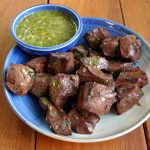
Beef Heart with Chimichurri Sauce (Paleo, AIP, GAPS, Wahls, Whole30)
- Total Time: 2 hours 38 minutes
- Yield: 4-6 servings
Ingredients
- 1 beef heart
- 1 cup parsley (packed)
- 1/4 cup basil leaves (packed)
- 1 tsp dried oregano
- 3 Tbsp. chopped garlic
- 2 Tbsp. chopped shallots
- 3/4 cup extra virgin olive oil (divided)
- 1/2 cup sherry wine vinegar
- 1/8 cup lemon juice
- 1/2 tsp. sea salt
- 1/2 tsp. black pepper (optional – omit for AIP)
Instructions
- Cut the fat, vessels and fascial layer off the beef heart & throw them away. (See video above for demonstration). Cut remaining heart meat into kebab sized cubes.
- Put the heart cubes in small casserole dish. Sprinkle liberally with salt (and pepper if using) .
- Put the herbs, garlic and shallots in a food processor, along with 1/4 cup olive oil. Pulse to blend.
- Add remaining olive oil and rest of ingredients & pulse to blend well (but don’t puree.)
- Pour 3/4 cup of the sauce into a glass measuring cup and put in the fridge until later.
- Pour the remaining sauce over the heart cubes and toss to blend. Marinate in the fridge a minimum of 2 hours and up to 24 hours. I did 8 hours, and it was delicious.
- When ready to cook, preheat gas grill for 10 minutes on high & then turn the heat down to medium. (If you don't have a grill, you can sauté the meat in a skillet.)
- Remove reserved sauce from the fridge, to allow it to come to room temperature. Stir with a fork to blend, before serving.
- Cook the heart cubes 4 minutes per side and serve with small bowl of fresh sauce for dipping.
Notes
- If you have leftovers, the heart cubes taste really good cold.
- Trimming the fascia from the heart is easiest with a sharp, curved knife, like this one.
- Prep Time: 2 hours 20 minutes
- Cook Time: 18 minutes
- Category: Main Courses
- Method: Grill
You May Also Be Interested In

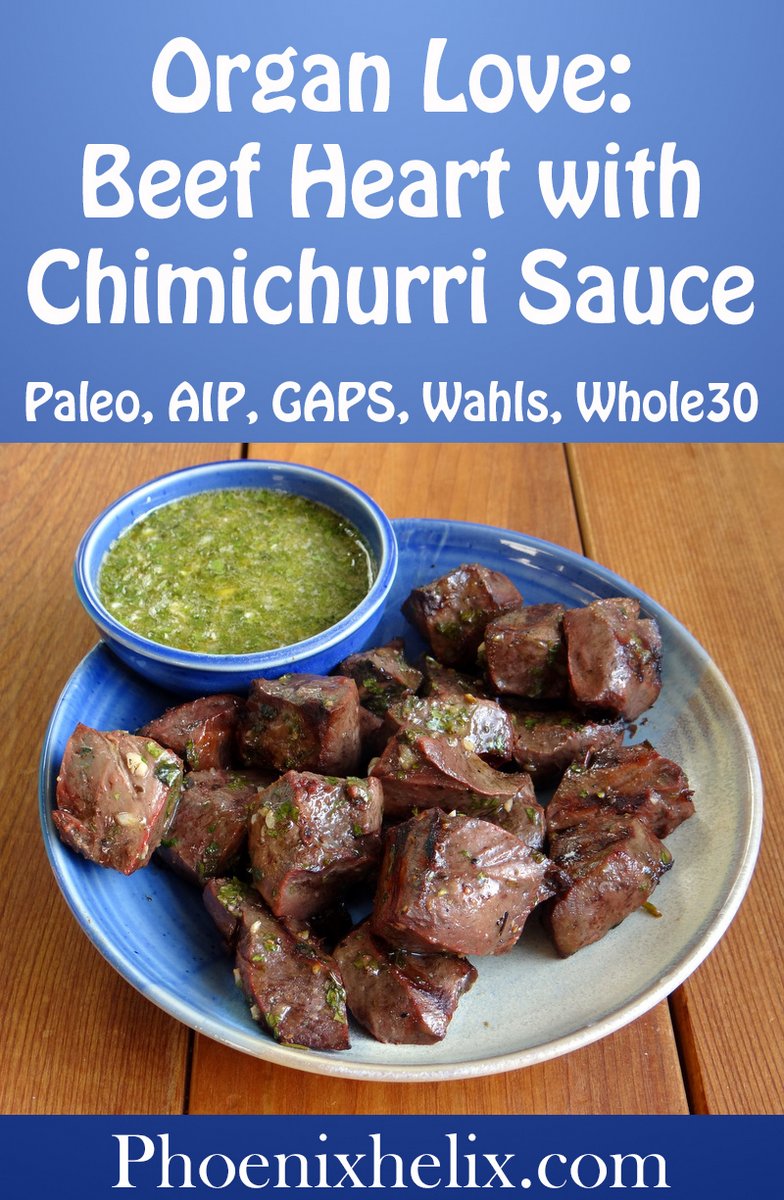
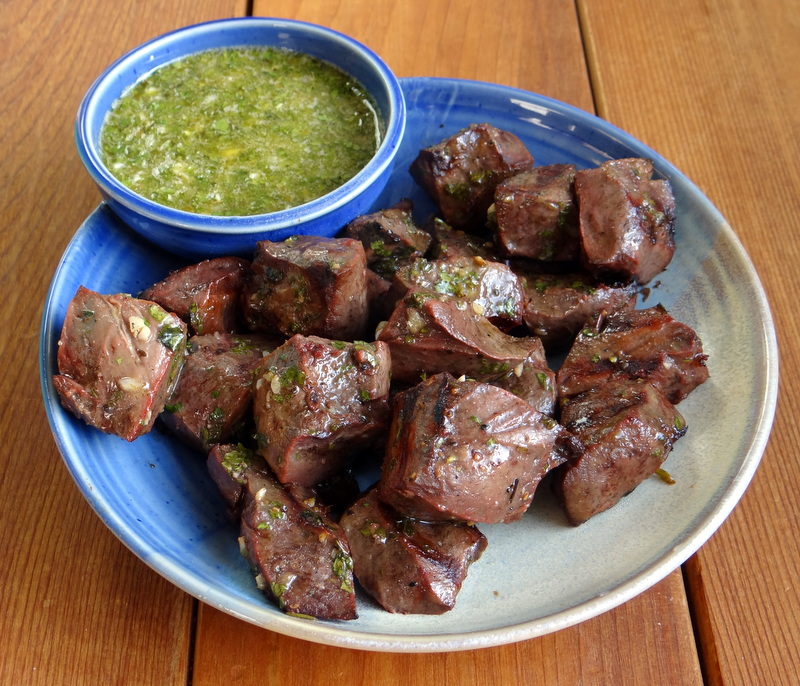
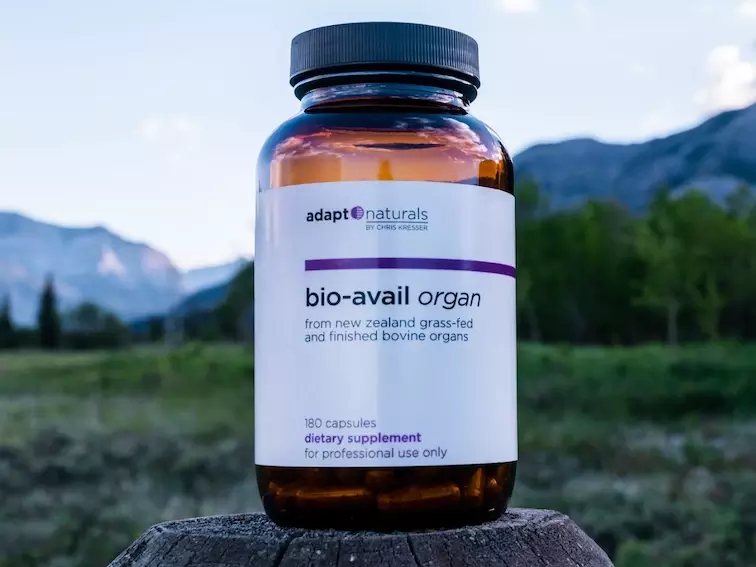
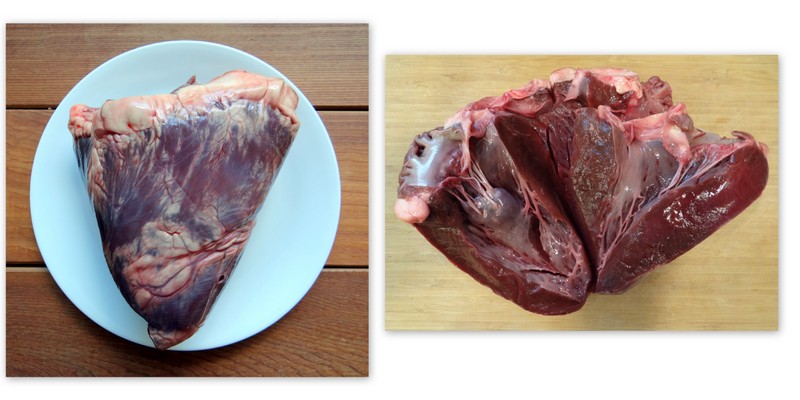
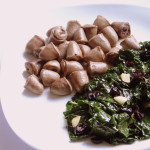





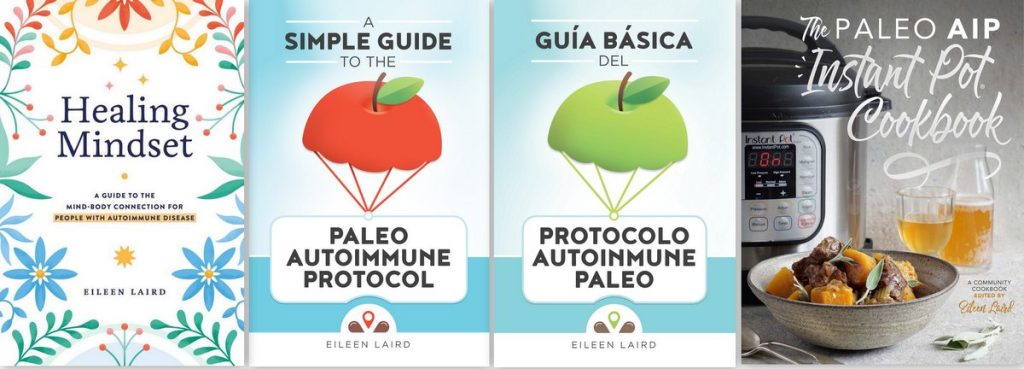
I’m curious why you throw away the heart trimmings? Could it be used in stock, or are those parts really just destined for the compost?
Hi Ece. That’s a great question. I have used it for stock myself, so that’s definitely something you can do.
Most chimichurri sauce is parsley and cilantro, you’ve gone with basil and parsley. Is this due to the flavoring profile of the heart? I am allergic to basil (makes my mouth feel like it’s on fire and a few other fun symptoms) so I’d like to make this but use a more traditional chimichurri sauce (no basil, and with cilantro). Will the cilantro/heart combo be ok? Thanks!
Hi Rachel. I’m not a fan of cilantro, so we’re on opposite ends of the spectrum, but I think you can make that herb substitution in this recipe with no problem.
Such a winner! Super delish.
I am eating leftovers now and I’ve popped the meat in Zenbelly’s tortillas – that she makes without eggs – from plantains. You cannot imagine how amazing it is. http://zenbellycatering.com/2013/02/20/plantain-tostados-with-cilantro-lime-chicken-ranchero-sauce-guacamole/
Thanks so much for the testimonial Kristine, and the tip on the tortillas!
A vendor at my farmers market sells a mixture of ground organ meats, including heart, that I’ve used added to regular ground beef, but it is so expensive that I save it for a special treat. Whole Foods had organic beef hearts today for $7.99/lb. I always read that the organs are so cheap, but where I live. they cost more than the regular meat. Either there is a lot of demand for them or the vendors know they’re so hard-to-find that those of us who want them will pay a premium.
That is disappointing! I’ve heard that organ meats are now becoming “trendy” as people realize their value. Have you ever tried buying directly from a local farmer? Search the Local Harvest directory. Maybe you’ll luck out!
We bought a half cow last spring and we made sure to take home the organ meat on the day of harvest. So far, we’ve eaten the tongue and 2.25 pounds of kidneys. It was amazing, both kids loved what I made. I’ve been looking for ways to use the heart though, and this may be the recipe to try! Thank you!
I don’t want to be wasteful with this meat. Aside from fried chicken gizzards as a kid {that doesn’t count right? ha}, eating organ meat is new to me. I don’t want it to be such a foreign idea for my kids.
That is so cool that you took on this challenge for your family. Your kids will grow up not only with the amazing nutrition of organ meats, but also a more expansive view of eating and respecting food in general. I’m impressed! So far, I’ve eaten liver, heart, kidney, tongue and sweetbread myself. Heart is definitely one of my favorites. How did you cook the kidneys? Their flavor is so strong that they’re my lease favorite so far.
How would this taste/cook with liver?? Would marinating time be the same? About how much meat (lbs) would you use for this much sauce? Thanks!
Since I’ve never tried it with liver, I can’t say. The sauce is enough for 2-3 lbs of meat.
YUM! I am sharing this on my FB page! I love beef heart and this sounds delish!
Thanks, Jessica!
Recipe Featured on the Huffington Post (photo #5 in the slideshow) 🙂
http://www.huffingtonpost.com/2013/05/13/offal-recipes-photos_n_3254751.html?
I don’t really eat meat, but I appreciate that you’re using as much of it as possible! If you’re going to eat one piece of an animal why not all of it? Thanks so much for sharing it on Waste Not Want Not Wednesday, I’ve pinned it.
Also, I’d love for you to link up your blog to my new OAS & GF Bloggers page, a place to connect with other bloggers who sometimes write about being gluten free or having oral allergy syndrome : ) http://www.poorandglutenfree.blogspot.com/p/links.html
Thanks for the invite – what a great idea!
Mmm…never thought of eating organ meat other than calfs liver and the heart of chicken, and o chix liver. That is something i may try if someone else cooked it.Living F.A.B.ulously on Purpose
You remind me of my fantasy to have a personal cook! Healing through diet, I spend sooooooo much time in the kitchen; thankfully, I enjoy it. Definitely try it if someone offers to cook it for you. It’s really quite delicious!
I’ve heard that the organs of animals can be so good for you. Interesting!
Thanks for linking-up at A Humble Bumble 🙂
You are so right about the shock factor. I’ve found it much easier to deal with unfamiliar organ meats, etc. by beginning with an image search on the internet.
I love your site. It’s chock full of informative posts, all beautifully written and photographed. Thank you so much!
Thanks for the compliment ~ you made my day!
I usually give it to my cat, but I tried it in a stew a few weeks ago. We didn’t like it much, though I like the idea of eating organ meats. So, will try the heart again with this recipe 🙂 Thanks for sharing!
The marinade & dipping sauce make a big difference. It really does remove any “organ” flavor. I think if I served this recipe blindly to someone, they would never guess it was anything other than steak.